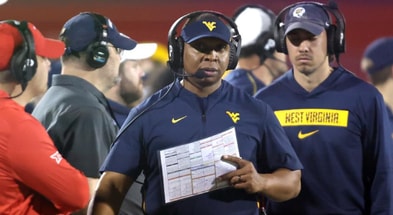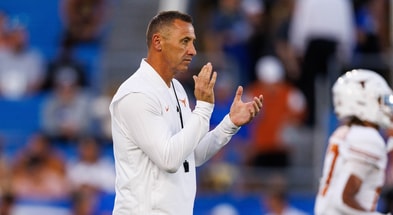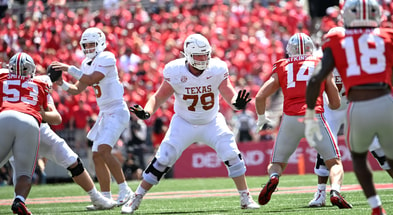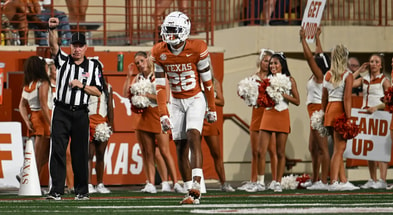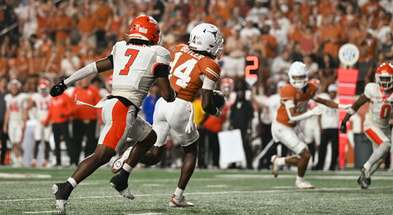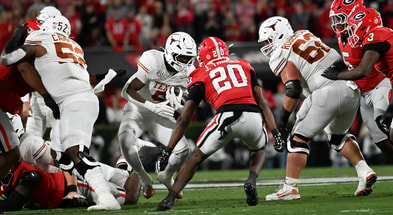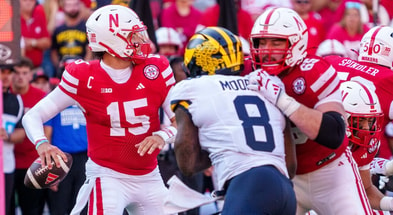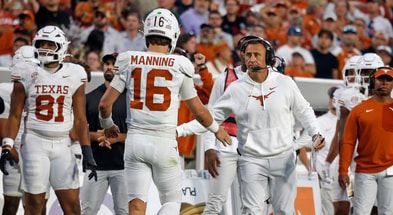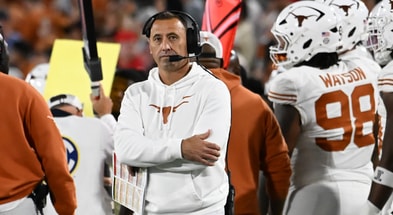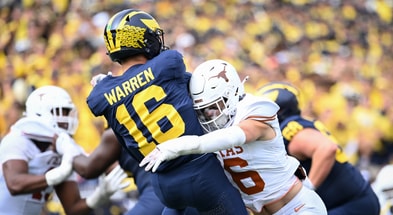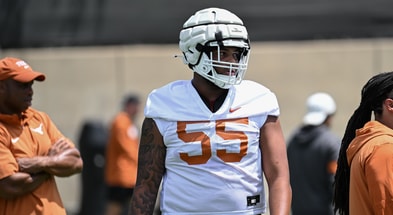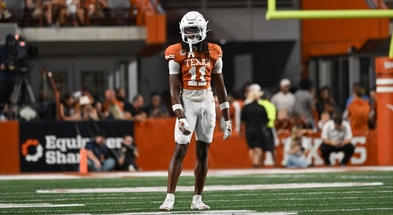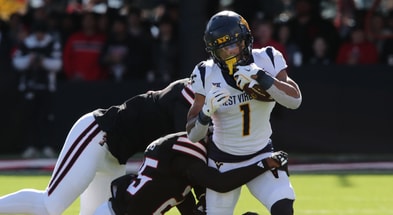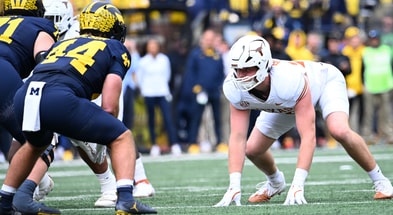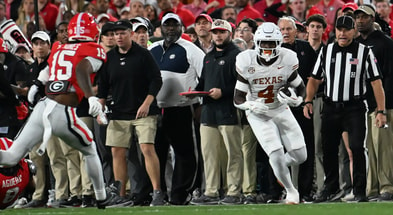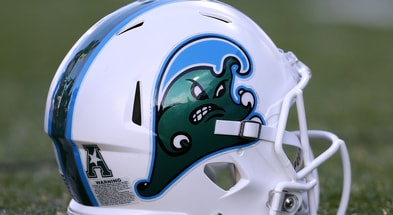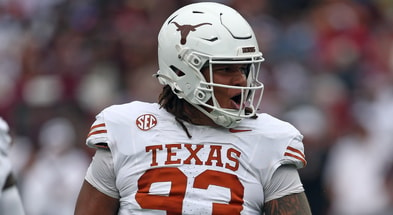Normally a foe for reporters to parse, 'zero-sum' is a friend this year
Many a promising offseason read on a position group has been rendered moot by the zero-sum nature of fall camp. I contend that for the most part those days are behind us in large part thanks to the complete roster overhaul, player development, and coaching.
[Sign up for Inside Texas and get the BEST Longhorns scoop!]
We simply don’t need to speculate as much about this team as we once did.
When we hear the secondary is playing much better it’s easy to believe because we know the wide receiver group, quarterback, and overall passing game are at least above average. Those aspects of offense are likely well above average which further increases confidence in the secondary.
Likewise, when we hear a wide receiver who stood out you can bet he was forced to work hard for his plays. Personally, I like reading about a different wide receiver after every practice. If it was the same player in every report that would point to a clear weak spot in the secondary.
The recent scrimmage reports were somewhat illuminating, especially the part about the pressure on the quarterback coming from up the gut. We know, at minimum, the interior O-line is average, so when Alfred Collins and Vernon Broughton are making plays we can rest easy that defensive tackle won’t be the sore spot many have predicted.
Sometimes things are a little convoluted due to the ones repping against the twos, but then we still heard the O-line had its moments as did the second team interior defensive line of Bill Norton and Jermayne Lole. Those are not hard to project even if they’re new to Texas.
Top 10
- 1New
Big 12 Commissioner
Slams Notre Dame AD's reaction
- 2
Notre Dame AD
Doubles down on ACC damage to ND
- 3Trending
Pre-NIL exposed
Ed Orgeron opens up
- 4Hot
Ed Orgeron
On Lane Kiffin, return to LSU
- 5
Kendal Briles
Hired as South Carolina OC
Get the Daily On3 Newsletter in your inbox every morning
By clicking "Subscribe to Newsletter", I agree to On3's Privacy Notice, Terms, and use of my personal information described therein.
Similarly, with the addition of Trey Moore, we know Edge play is better than it has been in a very long time. We also know it’s a very deep position. Hearing pressure is often coming up the middle, thanks in part to a linebacker blitzing, allows us to deduce the offensive tackles are holding up against quality players. This is most important for projecting Cameron Williams‘ first year as starter. The massive right tackle has previously had concerns about how well he handles quickness but he fared decently well in the spring and is now reportedly faring even better after a couple of months of conditioning.
My confidence in what zero-sum is telling me extends to the entire defensive unit. My main concern entering this season was the defense playing as one. I wasn’t concerned about individual players or even units but I did wonder if they would play as one well-coordinated unit. Again, at minimum, the offense is good, so if the defense is getting the better of the offense as it has repeatedly done throughout the first two weeks of practice, we can have confidence the defense is better than it was a year ago.
What we’ve specifically heard is the D-line has confidence in the linebackers and support safety being where they’re supposed to be. The D-linemen are not trying to do too much and taking themselves out of position. With the D-line minding the proper gaps, the linebackers have had predictable run lanes to defend. The safeties are in run support much more than a year ago so their rapport with the linebackers and Edges is very important. Michael Taaffe and Andrew Mukuba‘s experience is certainly helping them play downhill but it was also encouraging to hear all four safeties had a good scrimmage. Taaffe’s a good tackler and Mukuba is solid but Derek Williams and Jelani McDonald carry more lumber downhill in a support role.
[Subscribe to the Inside Texas YouTube channel and help get us to 10,000 subs!]
Zero-sum is often hard to navigate because the actors aren’t always known qualities but given last season’s 12-2 season and so much returning talent and experience I think it’s a lot easier to get a good read on this team. Some good, if not predictable coaching tweaks, have also helped.
